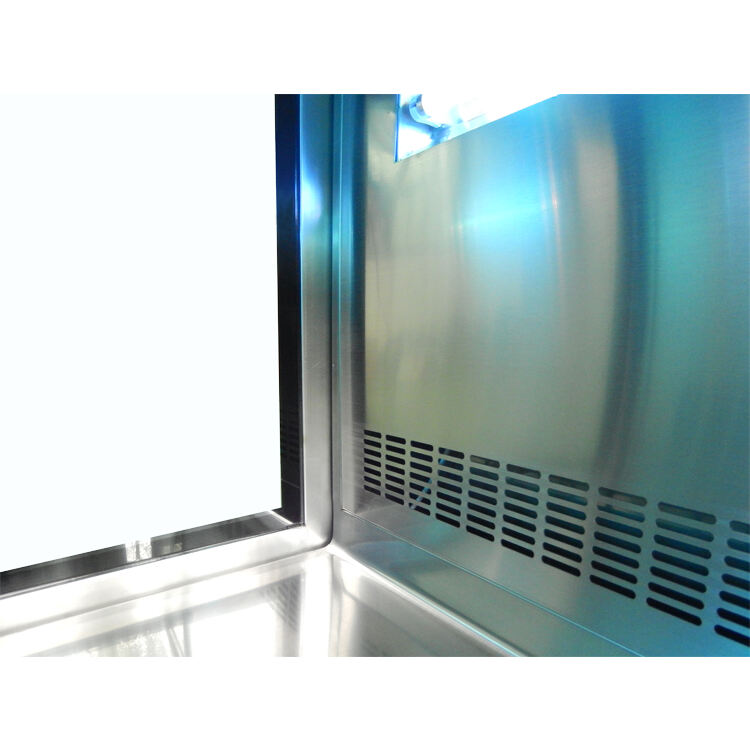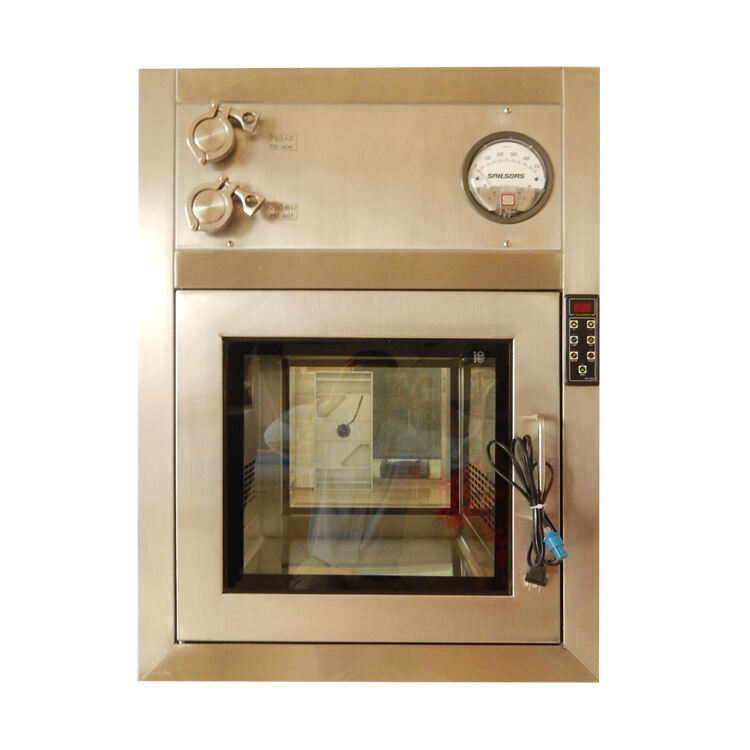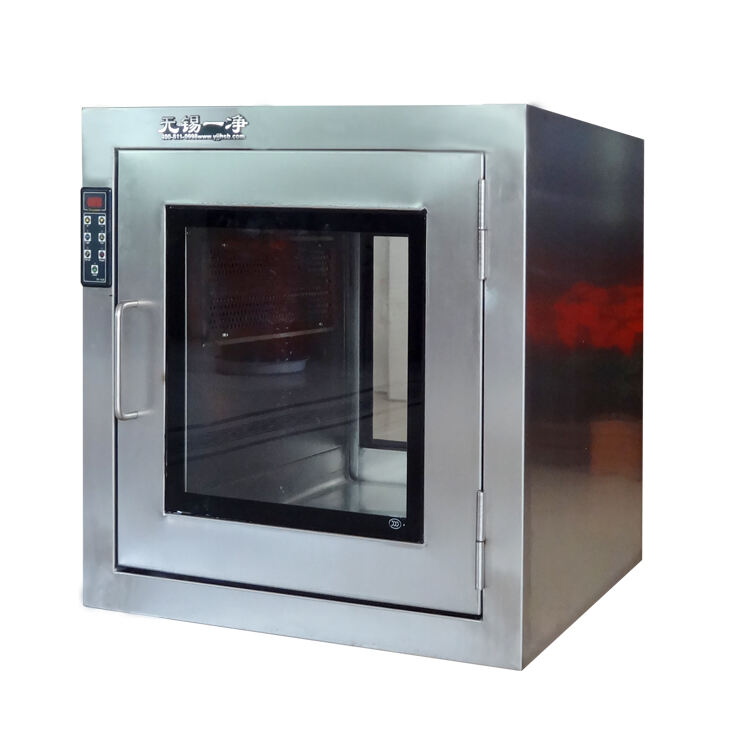static pass box
A static pass box is a critical containment system designed to facilitate the secure transfer of materials between spaces of different cleanliness classifications while maintaining environmental integrity. This sophisticated piece of equipment serves as a controlled interface that prevents cross-contamination during material transfer operations. The system typically features a robust stainless steel construction with interlocking doors, ensuring that only one door can be opened at a time to maintain containment. Advanced models incorporate HEPA filtration systems to purify the air within the chamber, while UV sterilization capabilities provide an additional layer of contamination control. The pass box's design includes sealed glass viewing panels that allow operators to monitor transfers, and modern units often feature digital displays for environmental monitoring. These systems are equipped with sophisticated control mechanisms that regulate pressure differentials and airflow patterns, essential for maintaining cleanliness standards. Static pass boxes are invaluable in pharmaceutical manufacturing, laboratories, cleanrooms, and other controlled environments where maintaining product integrity and environmental cleanliness is paramount. Their implementation helps organizations comply with GMP requirements and other regulatory standards while streamlining material transfer processes.


